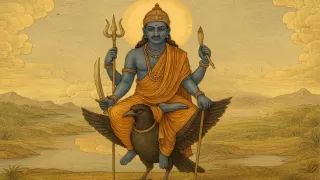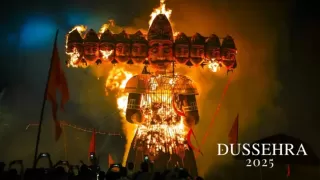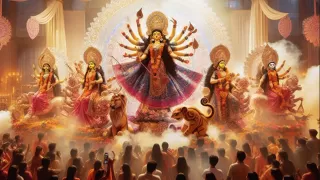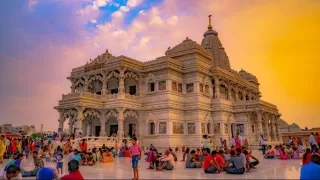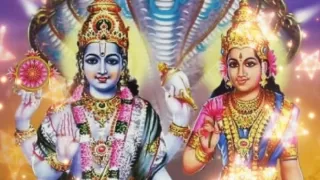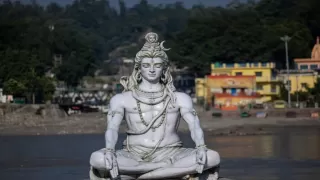The ongoing Mahakumbh 2025 in Prayagraj, Uttar Pradesh, is a grand spectacle, drawing millions of devotees and seekers from across the globe. The first Amrit Snan occurred on Makar Sankranti, on 14 January 2025, and the second is scheduled for Mauni Amavasya on 29 January 2025. Among the many spiritual highlights of the Mahakumbh, the enigmatic presence of Naga Sadhus and Aghori Sadhus stands out. While these two groups are often mistaken as similar, their traditions, practices, and methods of worship differ significantly.
The Origins of Naga Sadhus and Aghori Sadhus
Naga Sadhus trace their origin to Adi Shankaracharya, the revered philosopher who established four monasteries (mathas) to revive and protect Hindu dharma. To safeguard these spiritual centres, he formed the Naga Sadhu order. They are ardent devotees of Lord Shiva, embodying his asceticism and austerity. Their lives revolve around penance, meditation, and yogic practices.
On the other hand, Aghori Sadhus follow the Kapalika tradition, with their lineage linked to Guru Dattatreya, the legendary sage believed to be a combined incarnation of Brahma, Vishnu, and Shiva. Aghoris worship Shiva in his fierce form, often alongside Maa Kali, symbolizing destruction, transformation, and ultimate liberation. Their practices delve into the esoteric realms of Tantra-Mantra and transcend the boundaries of life and death.
Worship Practices of Naga Sadhus

Image Source: Twitter
For Naga Sadhus, worship is a disciplined and meditative act, deeply rooted in devotion to Lord Shiva:
- Ritual Elements: They offer sacred items like ashes, water, and Bel leaves to the Shivling, symbolizing purity and surrender.
- Fire and Ashes: Fire plays a central role in their rituals, representing the transformative power of Shiva. Ash, smeared on their bodies, signifies detachment from worldly desires.
- Meditation and Yoga: After the Mahakumbh, Naga Sadhus retreat to the Himalayas or secluded caves, where they engage in intense meditation and yoga, aiming to merge their consciousness with Shiva.
Worship Practices of Aghori Sadhus

Image Source: Twitter
Aghori Sadhus adopt unconventional and often extreme rituals to connect with the divine. Their worship methods are steeped in symbolism and profound spiritual significance:
- Shav Sadhna: Performed on a corpse, this ritual involves meat and liquor offerings to transcend fear and duality, aligning with Shiva’s destructive energy.
- Shiva Sadhna: They practice penance while standing on a corpse, symbolizing dominance over mortality and ego.
- Shamshan Sadhna: Conducted in cremation grounds, this practice includes performing havan and chanting Tantra-Mantras, signifying the acceptance of life’s impermanence and the unity of creation and destruction.
Similarities and Differences
While both groups revere Lord Shiva, their approach and philosophies diverge:
| Aspect | Naga Sadhus | Aghori Sadhus |
|---|---|---|
| Primary Deity | Lord Shiva | Lord Shiva and Maa Kali |
| Focus | Meditation, Yoga, and Penance | Tantra, Death Transcendence, and Rituals |
| Ritual Setting | Himalayas or secluded caves | Cremation grounds |
| Philosophy | Detachment from worldly desires | Conquering fear and embracing duality |
The Mystery and Attraction
During the Mahakumbh, Naga Sadhus and Aghori Sadhus captivate onlookers with their mystique. Their austere lifestyles and profound spiritual practices offer a glimpse into ancient traditions that challenge modern perceptions of spirituality.
So, as the second Amrit Snan approaches, understanding the profound distinctions between these ascetic orders enriches the Mahakumbh experience, revealing the diverse pathways to seeking the divine.
Also Read: Maha Kumbh 2025: Know Shahi Snan date, time, significance




